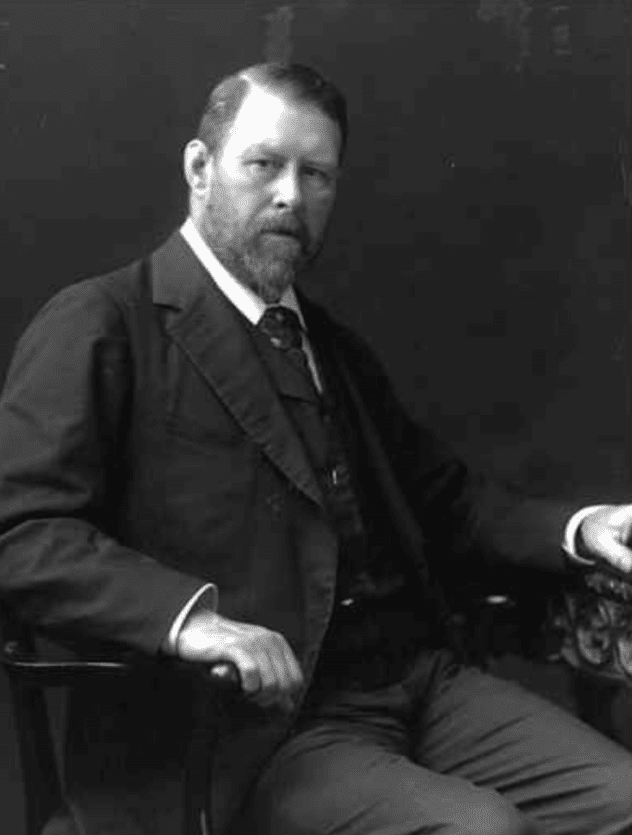Canadian-born author, lecturer, astrologer and mystic Manly Hall was born on March 18, 1891. Hall is best known for his 1928 work The Secret Teachings of All Ages. Over his 70 year career, he gave thousands of lectures, including two at Carnegie Hall, and published over 150 volumes. In 1934, he founded The Philosophical Research Society in Los Angeles, which he dedicated to the “Truth Seekers of All Time,” with a research library, lecture hall and publishing house. See a video about Manly Hall at this link.
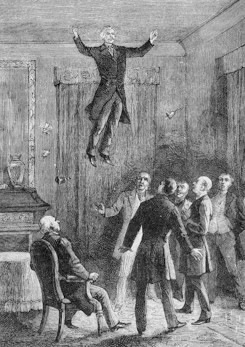
Daniel Dunglas Home (pronounced Hume; 20 March 1833 – 21 June 1886) was a Scottish physical medium with the reported ability to levitate to a variety of heights, speak with the dead, and to produce rapping and knocks in houses at will. His biographer Peter Lamont opines that he was one of the most famous men of his era. Home conducted hundreds of séances, which were attended by many eminent Victorians.
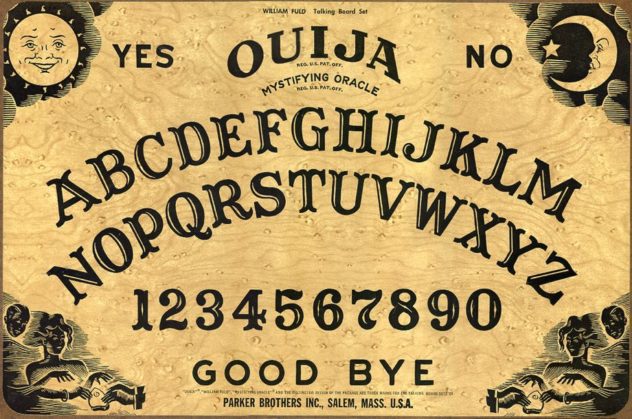
According to Mitch Horowitz, author of the critically acclaimed Occult America,the origins of the device known today as the Ouija Board can be traced back to the late 19th Century — although not reliably further back than that. Horowitz cites a March 28, 1886 article appearing in the Sunday supplement of the New York Daily Tribune entitled “A Mysterious Talking Board and Table over Which Northern Ohio is Agitated.” The article included an illustration and description of an early talking board very similar to today’s version.
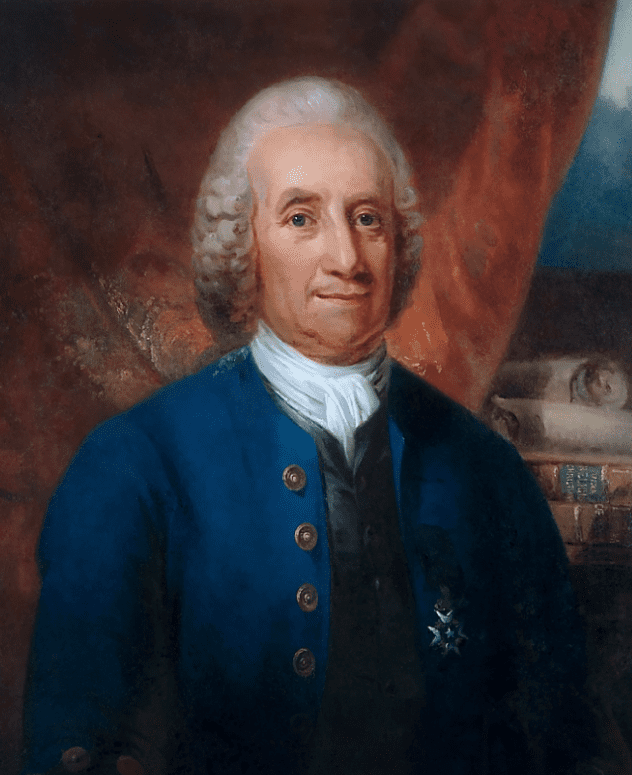
Emanuel Swedenborg, born February 8, 1688 and died March 29, 1772, was a Swedish Christian theologian, scientist, philosopher and mystic. He became best known for his book on the afterlife, Heaven and Hell (1758). Swedenborg had a prolific career as an inventor and scientist. In 1741, at 53, he entered into a spiritual phase in which he began to experience dreams and visions, culminating in a “spiritual awakening” in which he received a revelation that opened his spiritual eyes so he could freely visit heaven and hell to converse with angels, demons and other spirits. Some describe Swedenborg as a progenitor of modern Spiritualism.
On March 31, 1848 — a watershed date in American séance history — Kate and Margaret, just 12 and 15 years old, conducted the first American séance.
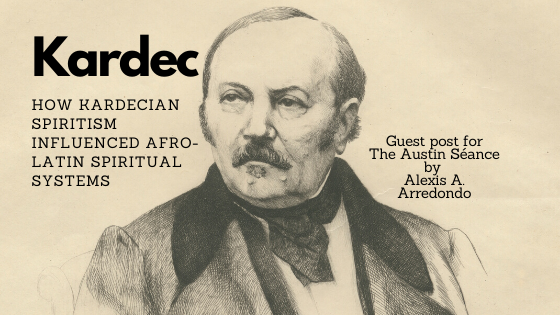
Allen Kardec, the 19th Century founder of “Spiritism” and a man who changed the course of Latin American religious movements, died on March 31, 1869.
Guest Post: How Kardec Influenced Afro-Latin Spiritual Systems
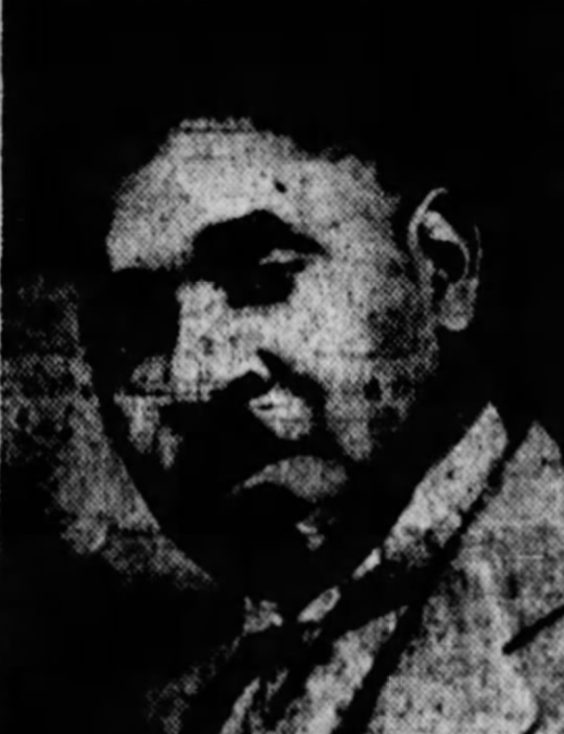
Professor Black Herman died on April 17, 1934, while on tour in Louisville, Kentucky. In an obituary, The New York Age, a leading African American newspaper, described him as one of Harlem’s most colorful characters — a magician, seer, herb specialist and fortune teller; a man who, among his followers, “had risen to the standing of god whom they expect to rise out of his grave.”
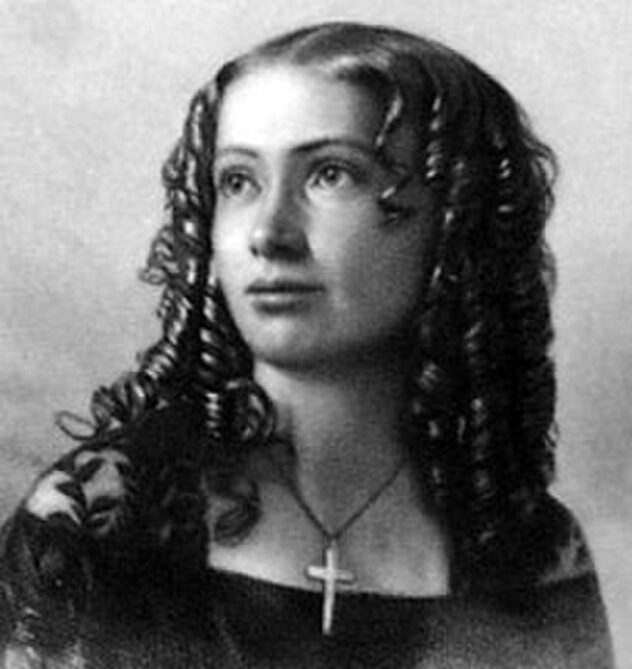
Cora Lodencia Veronica Scott (April 21, 1840 – January 3, 1923) was one of the best-known Spiritualist mediums of the last half of the 19th century. Most of her work was done as a trance lecturer, though she also wrote some books whose composition was attributed to spirit guides rather than her own personality. Married four times, Cora adopted the last name of her husband at each marriage, and at various times carried the surnames Hatch, Daniels, Tappan, and Richmond.
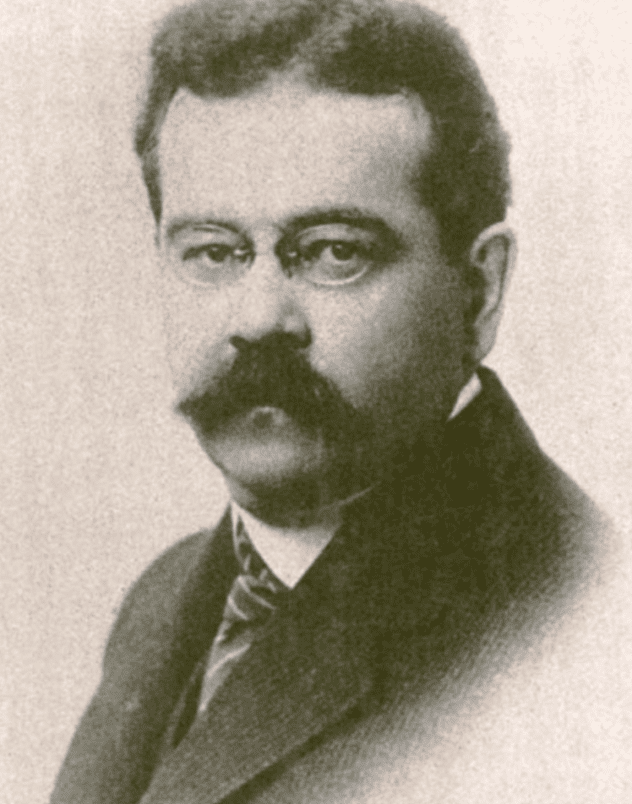
Charles Hoy Fort (August 6, 1874 – May 3, 1932) was an American writer and researcher who specialized in anomalous phenomena. The terms Fortean and Forteana are sometimes used to characterize various such phenomena. Fort’s books sold well and are still in print. His work continues to inspire admirers, who refer to themselves as “Forteans,” and has influenced some aspects of science fiction.
Fort’s collections of scientific anomalies, including The Book of the Damned (1919), influenced numerous science fiction writers with their skepticism and as sources of ideas. “Fortean” phenomena are events which seem to challenge the boundaries of accepted scientific knowledge, and the Fortean Times (founded as The News in 1973 and renamed in 1976) investigates such phenomena.
